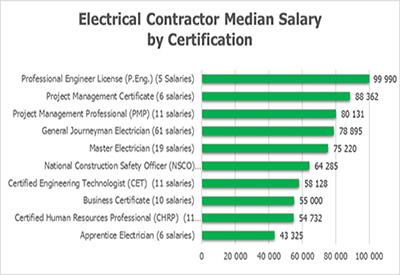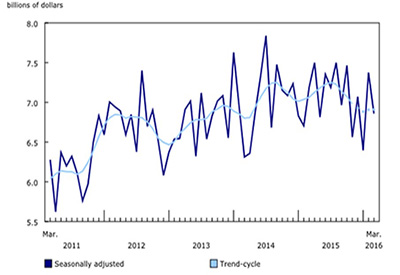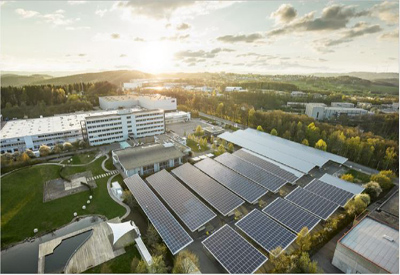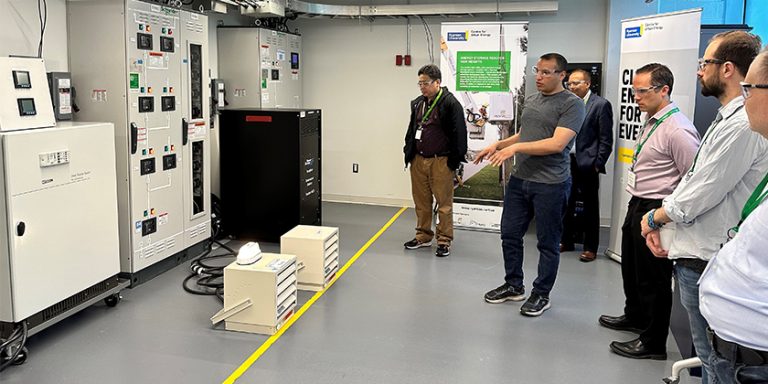Case study: self-healing technology saves Enmax more than 30 million customer minutes

Oct 30, 2017
Falling costs, an expanding customer base, and growing recognition of the role clean energy will play in building a prosperous economy will drive the wind energy industry’s continued expansion in Canada, business leaders agreed as the Canadian Wind Energy Association’s (CanWEA) 33rd Annual Conference and Exhibition, which took place earlier this month in Montreal. The trade show component featured more than 110 exhibitors, representing the industry’s leading companies in Canada, showcasing the latest in wind-related products and services on the tradeshow floor.
A keynote address from Kim Rudd, Parliamentary Secretary to Natural Resources Minister Jim Carr talked about the federal government’s strategy for ensuring Canada’s natural resources get to market sustainably while creating opportunities in the shift to a low-carbon future. This shift requires supportive policy, strategic infrastructure investments, and the engagement of Canadians in defining Canada’s energy future.
“Clean energy and clean technology will be among the great growth stories of the 21st century, and that offers significant opportunity for Canada, and for Canada’s wind energy industry, to provide the innovative solutions required as the economy evolves,” said Rudd.
Sergio Marchi, CEO of the Canadian Electricity Association, used his keynote address to deliver a similar message, noting that Canada’s non-emitting electricity supplies are key to capturing new clean growth opportunities and doing so requires new approaches to the planning and operation of the electricity grid, policy considerations and public education.
CanWEA President Robert Hornung discussed the importance of clearly defining the scale and scope of the role natural gas will play in transitioning Canada to a 100% non-greenhouse gas-emitting electricity grid to provide clarity for investors and reduce the risk of stranding assets, which would impose additional costs on investors and consumers.
The conference’s line-up of expert speakers offered perspectives on actions needed to spur new investment and innovation, including expanding transmission infrastructure, encouraging electrification, and designing electricity markets that recognize the value wind energy brings to a modern electricity grid. The industry has its own work to do, they agreed, by continuing to focus on the technology innovation and operational improvements that are driving costs down.
Conference participants also heard about how the transition to low-carbon energy is opening new opportunities for wind energy to meet increasing demand from consumers for low-cost, stable-priced, and sustainable electricity.
The cost of wind energy has fallen 66% over the past seven years to become one of the lowest-cost options for new electricity supply available today. Bloomberg New Energy Finance’s New Energy Outlook 2017 predicts the levelized cost of onshore wind will fall another 47% by 2040, thanks to technological innovation and operational improvements. Offshore wind costs will plummet 71% over the same period.
Canada currently has over 12,000 MW of wind energy, the eighth largest wind generating fleet in the world. More wind energy has been built in Canada over the last decade than any other form of electricity generation, with installed capacity growing by an average of 18 per cent a year over the past five years. To learn more, please visit the Wind Markets section of CanWEA’s website: https://canwea.ca/wind-energy/









![Guide to the Canadian Electrical Code, Part 1[i], 26th Edition – A Road Map: Section 10 – Grounding and Bonding](https://electricalindustry.ca/wp-content/uploads/2022/11/Guide-CE-Code-2.png)





